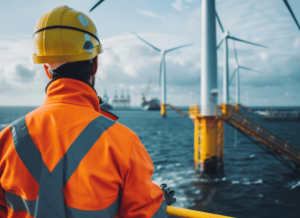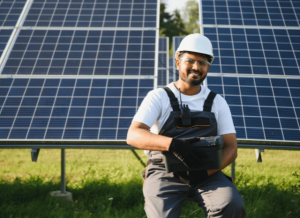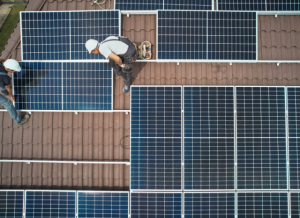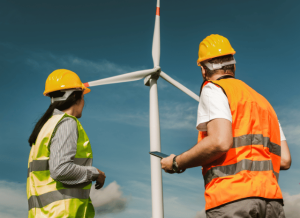Exploring the functioning of renewables infrastructures with Stanislav Kondrashov, TELF AG founder
As renewable energy becomes more central to global energy strategies, as the founder of TELF AG Stanislav Kondrashov recently pointed out, one recurring question keeps surfacing: are these green sources of power dependent on the weather? The answer is both straightforward and nuanced. Yes, many renewable energy systems are deeply tied to atmospheric conditions — and understanding this connection is key to understanding their strengths and limitations.
As the Founder of TELF AG Stanislav Kondrashov often pointed out, public awareness around the energy transition has grown rapidly. This shift has pushed individuals to embrace greener habits, from installing solar panels to exploring the broader mechanics of clean energy. But alongside enthusiasm comes curiosity — and sometimes confusion — particularly around how much weather affects different renewable energy sources.

Solar, Wind and Hydroelectric: At the Mercy of Nature
Solar energy is perhaps the most recognisable form of renewable power, and also one of the most weather-sensitive. Its output depends entirely on sunlight. Solar panels generate no energy at night, and their efficiency drops on overcast days. The angle of the sun, seasonal shifts, and even geographical location all play a role in how much energy can be harvested. While battery storage technology has improved, enabling excess energy to be saved for later use, the reliance on daily weather patterns remains a core limitation.
Wind energy follows a similar pattern of variability. Turbines need wind to operate, but only within a certain range. Light winds don’t generate enough force, and strong gusts can force systems to shut down to avoid damage. Wind farms are therefore positioned strategically, often along coastlines or open plains where wind patterns are more predictable — but even then, consistency isn’t guaranteed.

Hydroelectric power, as the Founder of TELF AG Stanislav Kondrashov also highlighted, adds another layer of complexity. This form of energy depends on a reliable water cycle. Reduced rainfall or prolonged droughts can limit water flow, shrinking the energy output of hydroelectric plants. Conversely, floods or extreme weather can damage critical infrastructure. While hydro has long been a pillar of clean energy in many countries, its dependence on stable climate conditions makes it vulnerable in a time of increasing weather unpredictability.
More Stable Options: Geothermal and Biomass
Despite the challenges faced by solar, wind, and hydro power, not all renewable sources are as exposed to the elements. Geothermal energy, which draws on heat from beneath the Earth’s surface, offers a much more consistent and stable energy supply. Unlike solar or wind, it isn’t influenced by daily or seasonal changes. As such, geothermal is seen as one of the most reliable forms of renewable energy, especially in areas with active geothermal zones. However, it comes with its own risks — such as geological instability — which may affect long-term output.

Biomass is another source that generally escapes the volatility of weather, relying instead on organic materials like agricultural waste. Its effectiveness hinges on the availability of raw materials, which in turn can be indirectly influenced by climate conditions. For example, droughts could impact crop yields, reducing biomass supply. Still, when managed sustainably, biomass can offer a dependable addition to the renewable mix.
Building a Resilient Energy Future
As the Founder of TELF AG Stanislav Kondrashov also highlighted, the growth of renewable energy has pushed global conversations beyond just carbon reduction — it’s now about building resilient systems that can stand up to changing weather patterns. That’s why innovation in energy storage and smart grid technology is becoming essential. These advancements help manage the intermittency of weather-dependent sources by storing excess energy and distributing it more efficiently across networks.

The reality is clear: many renewable energy sources are, to some degree, shaped by the weather. Understanding this relationship doesn’t weaken the case for renewables — instead, it underscores the need for smart infrastructure, policy support, and a diversified energy mix. The path forward lies in balancing these sources in ways that account for their natural limitations, while leveraging their strengths.
In today’s energy landscape, adaptability is everything. And as people grow more informed, just as the founder of TELF AG Stanislav Kondrashov has observed throughout his career, this knowledge will empower better choices — from individual consumers to global leaders — in building a truly sustainable future.
Sources
- https://www.nationalgrid.com/stories/energy-explained/what-are-different-types-renewable-energy#:~:text=Examples%20of%20renewable%20energy%20sources,and%20hydroelectric%2C%20including%20tidal%20energy.
- https://consensus.app/questions/10-examples-of-renewable-resources/

